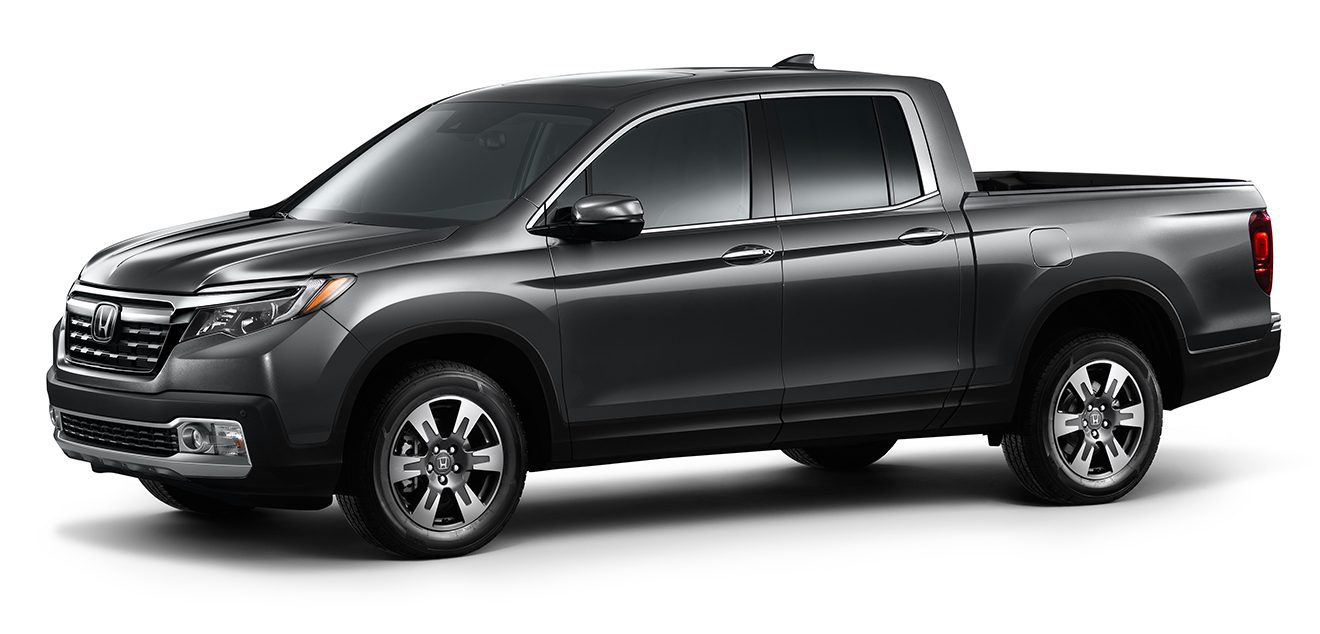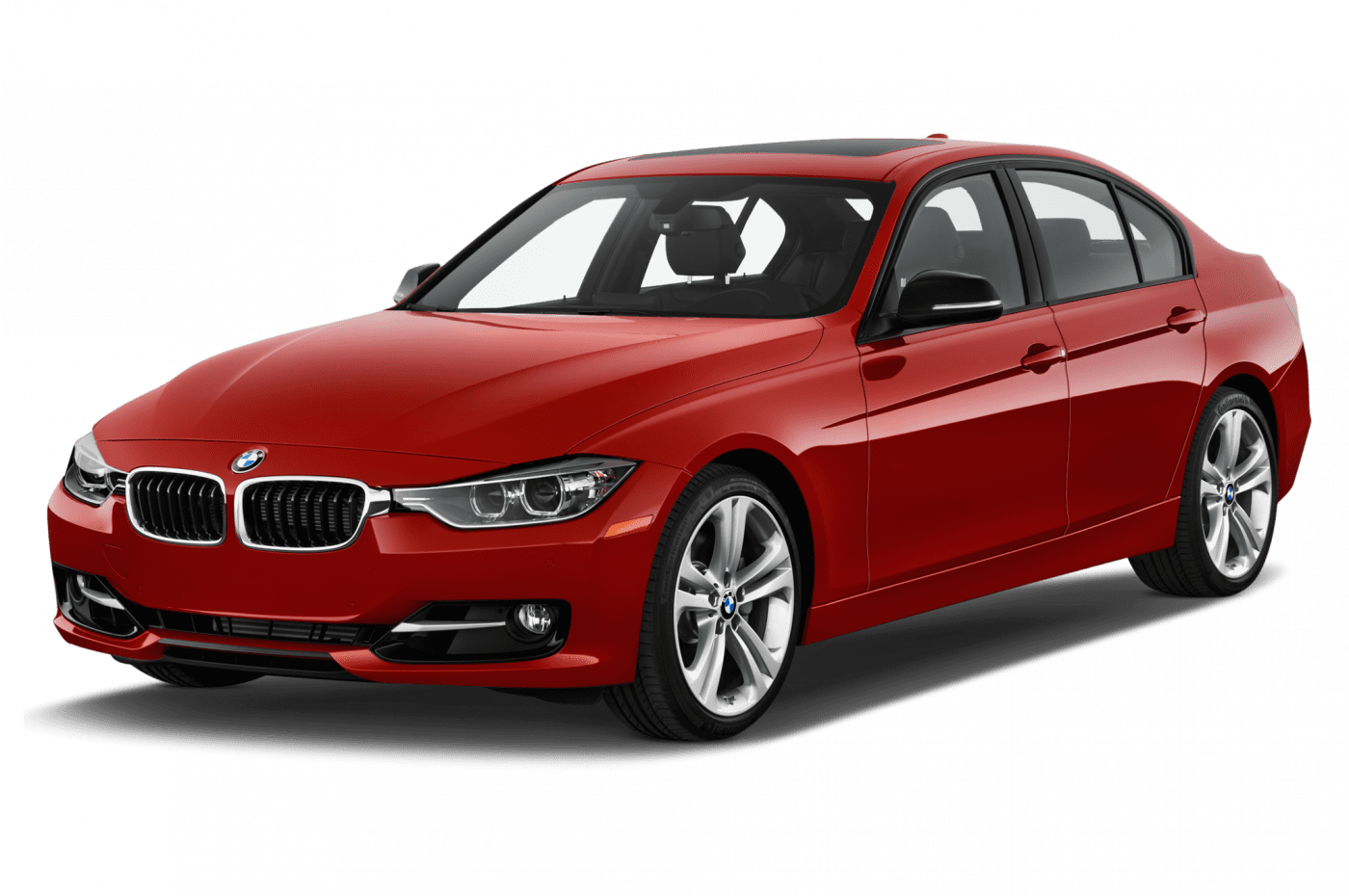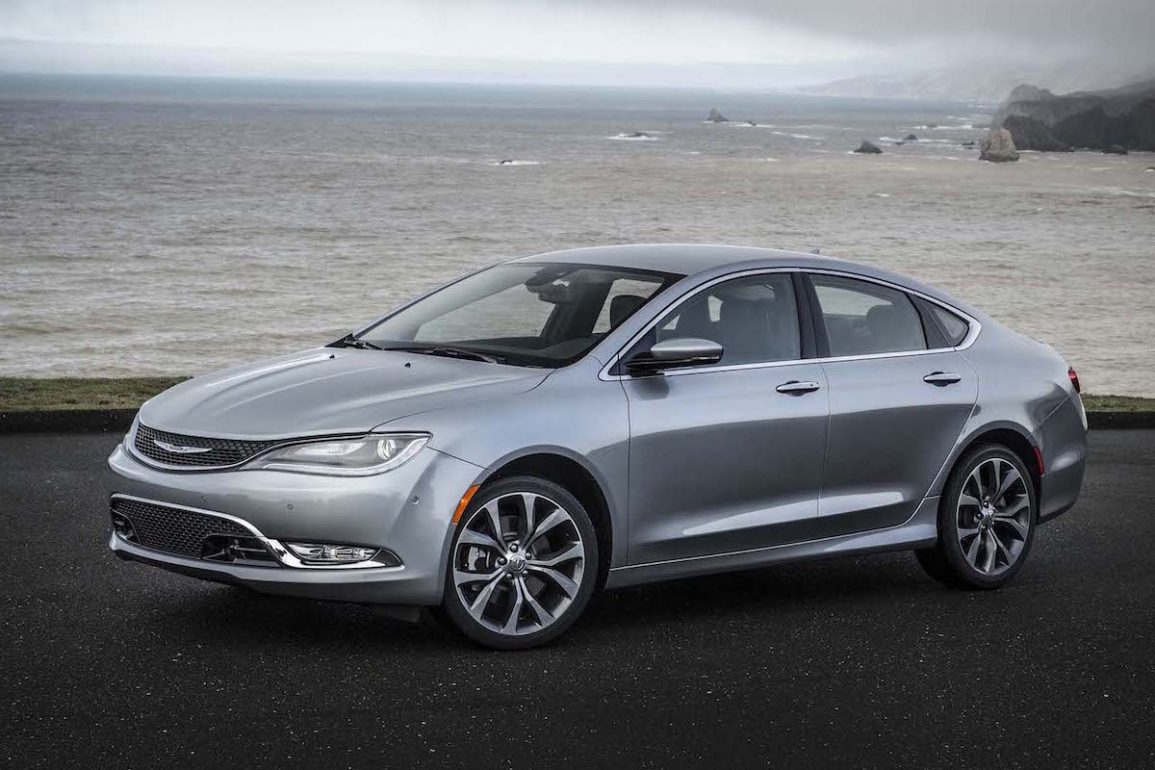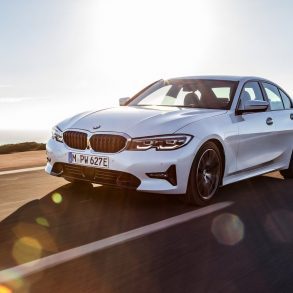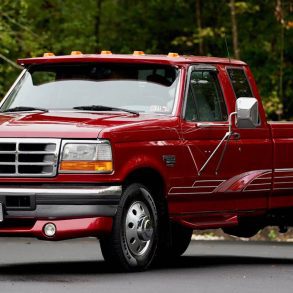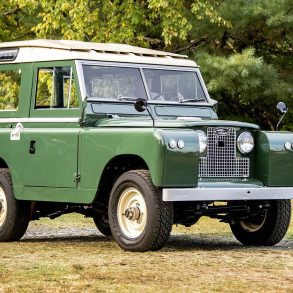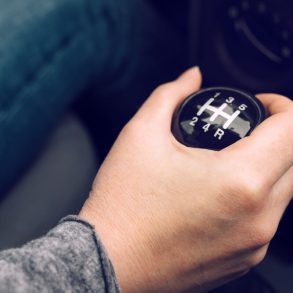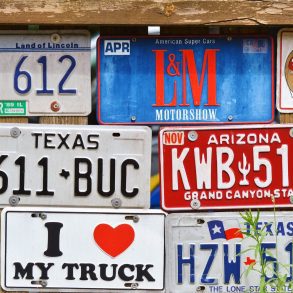After looking at the Success stories of 2016 in the US, Success stories of 2016 in Europe and Disappointments of 2016 in Europe, it’s time to look at who put in disappointing performances in the US in 2016. Coming soon – our predictions for 2017.
1. Mainstream and premium sedan segments
As some readers have pointed out, 2016 was definitely the year of the SUV/crossover. However, there is more to that story, as customers flocking to buy such cars abandoned the more traditional segments in droves, both for mainstream and premium brands. Overall, sales in the mainstream non-SUV sectors fell by 6 percent in the first three quarters of the year compared to 2015, while those in the premium non-SUV sectors fell by over 13 percent. Brands caught in this whirlwind include Mazda (sales down 7.2 percent through November), BMW (down 10.4 percent) and Acura (down 10.6 percent). Looking a bit closer, we see that some models which feature at the head of the segments were hit particularly hard: Toyota Camry (down 9.4 percent), Ford Fusion (down 10.2 percent), Mercedes-Benz C class (down 11.7 percent) or the ubiquitous BMW 3/4 series (down 28.2 percent). With SUVs/crossovers going from strength to strength, it’s unclear whether this trend will reverse anytime soon.
2. Small cars
At first, I was going to put only Fiat here, seeing as its sales fell by a round 20 percent compared to 2015, underlying the struggle the Italian brand has had in reestablishing itself in the US. This includes a collapse in sales of the 500 minicar (down by 40 percent) and the 500L (down by 60 percent, to a dismal 3,000-odd units), as well as a disappointing performance by the 500X crossover, which sold fewer than 15,000 units in 2016, about a sixth of what its twin, Jeep Renegade, sold. However, it’s not just Fiat that’s struggling: sales of Smart were down 25.8 percent, down to just a little over 5,000 units, which is even more alarming when you consider that many (most?) of its cars go towards Daimler’s rent-a-car scheme, Car2Go. But in the end it’s the struggle of the once-beloved Mini brand that stand out (sales down by 11.4 percent), led by a fall in sales of almost 15 percent in the brand’s staple, Mini Cooper. This is very worrying for the Anglo-German brand, as the Cooper was replaced only two years ago, plus it had expanded the range with a 4-door model and a properly-sized second-generation of the Clubman.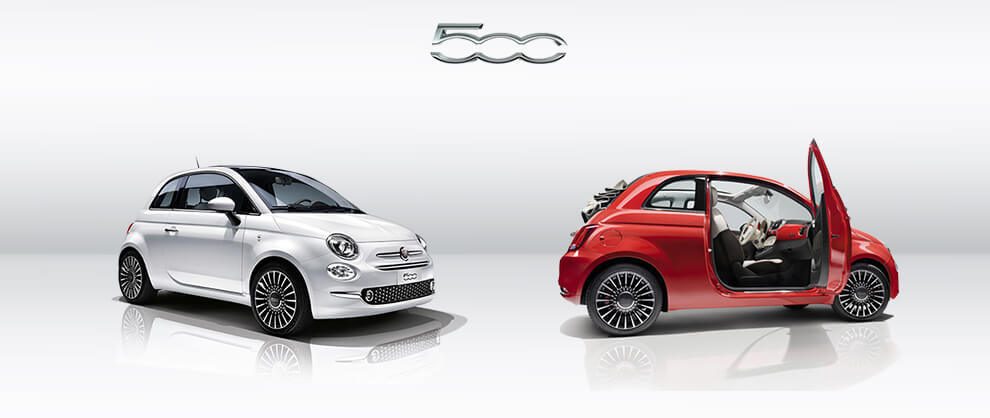
3. Conservative sequels to breakthrough cars
The last decade produced a string of breakthrough models for mainstream brands, cars which broke with their low-quality and/or boring predecessors and gave the buyers cars they could genuinely aspire to own. This list includes cars like the 2008 Chevrolet Cruze, which replaced its rental car-special predecessor, the Cobalt, as well as the 2009 Hyundai Sonata, 2010 Hyundai Elantra and 2010 Kia Optima, cars which showed that the Korean brands could make cars that were both good and desirable. When those cars were replaced in 2015 and 2016, to my great disappointment the manufacturers went for a more mainstream look and feel, trading distinctiveness for a middle-of-the-road approach. The market seems to agree with my sentiment: sales of all four cars were down in 2016, with all but the Sonata losing more than 10 percent of sales compared to 2015. The hope here is that carmakers will learn from their mistakes, though seeing how the latest Cruze followed the disappointing previous-generation Chevrolet Malibu (itself a letdown compared to its breakthrough predecessor) I would not bet the house on this…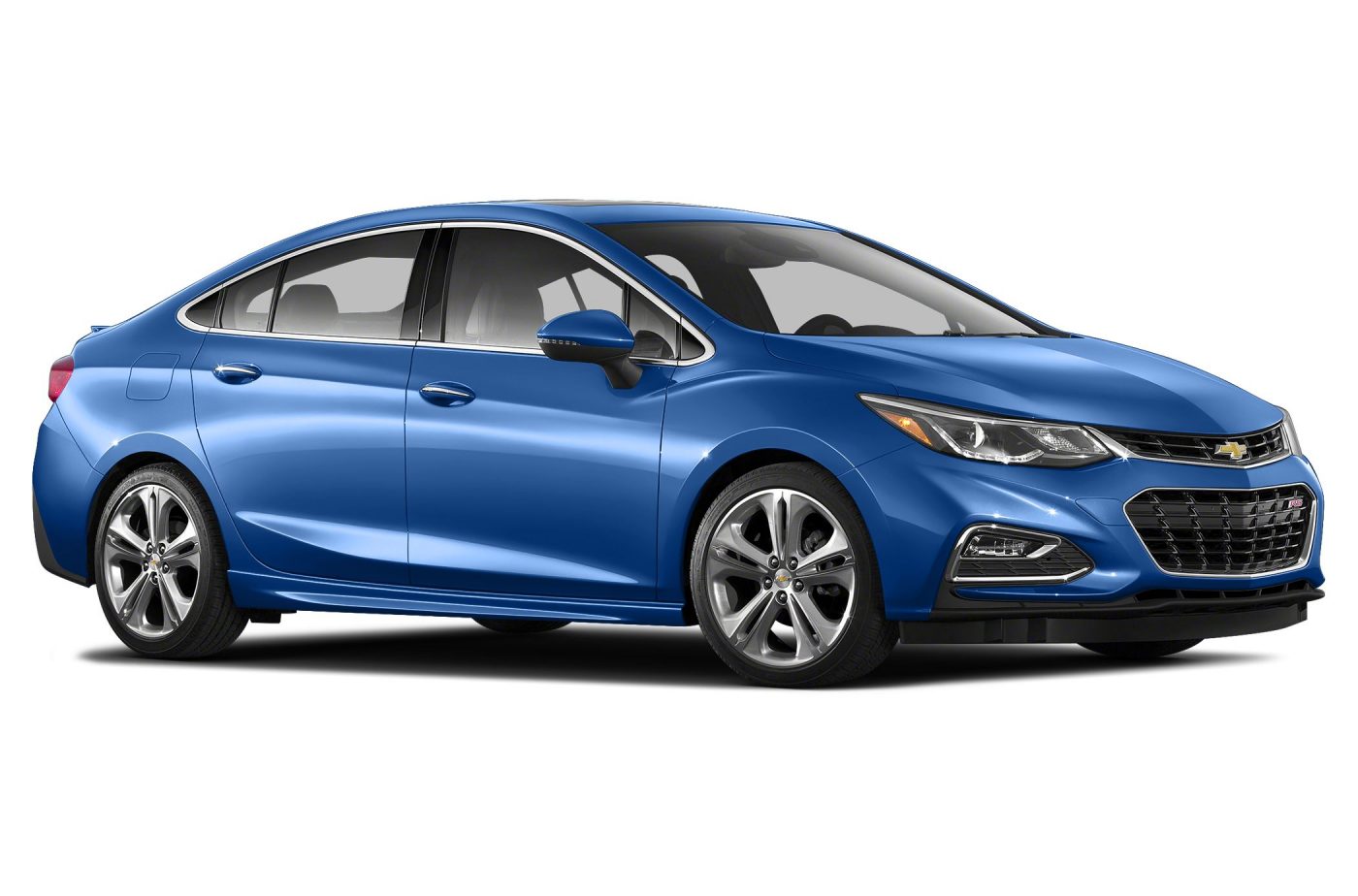
4. Chrysler 200
It may not seem like much of a surprise, but the degree to which sales of Chrysler 200 have fallen over the past year is still staggering. Overall, sales in 2016 were barely a third of what they were in 2015, a decline so drastic you have to wonder whether it’s driven by consumers not wanting to buy a car that will be discontinued a long time before it was meant to go, or whether it’s supply-limited, with FCA in fact shifting production away from the 200, towards the more-profitable Jeep Cherokee (a car whose sales have, ironically, fallen over the past year). Whatever the reason, this is a sad end to what was a better-than-average mid-sized saloon.
5. Honda Ridgeline
In a bout of intense optimism, or maybe blind self-belief, Honda decided to follow up the little-loved Ridgeline Mk I with a new model, promising to make it more “truck-like” to appeal to the market. However, the Ridgeline Mk II ended up much like the first one – not tough enough for the full-size pickup crowd, and not compact enough to take the fight to the compact pickups. Probably its only achievement in its first year on the market is to have outsold the equally “what were they thinking” model, Nissan Titan, as the Honda’s sales aren’t even high enough to top its predecessor’s modest numbers.